Optimal Seasons for Land Clearing
Land clearings involve removing trees, brush, and debris to prepare land for development, agriculture, or other uses. Timing is crucial to ensure efficiency, safety, and cost-effectiveness. The optimal time for land clearing varies based on seasonal weather patterns, soil conditions, and project goals.
Spring is often suitable due to moderate weather and active soil conditions, allowing equipment to operate efficiently. It is ideal before planting seasons or construction projects commence.
Summer can be effective but may pose challenges due to higher temperatures and increased risk of drought. Planning during early summer ensures work is completed before extreme heat or storms.
Fall offers cooler temperatures and stable soil conditions, making it a popular time for land clearing projects. It allows for preparation ahead of winter and spring planting.
Winter is generally less favorable due to frozen ground and potential weather disruptions. However, in milder climates, it can be used for certain projects with proper planning.
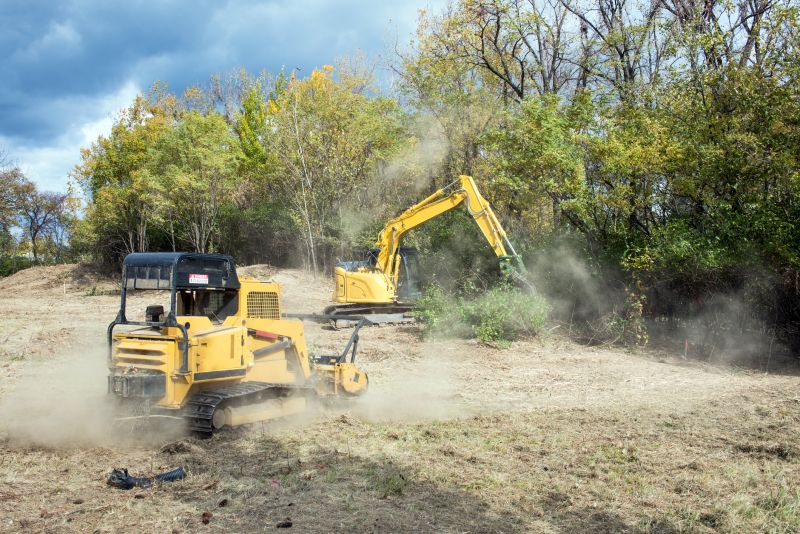
Heavy machinery working on land clearing projects.
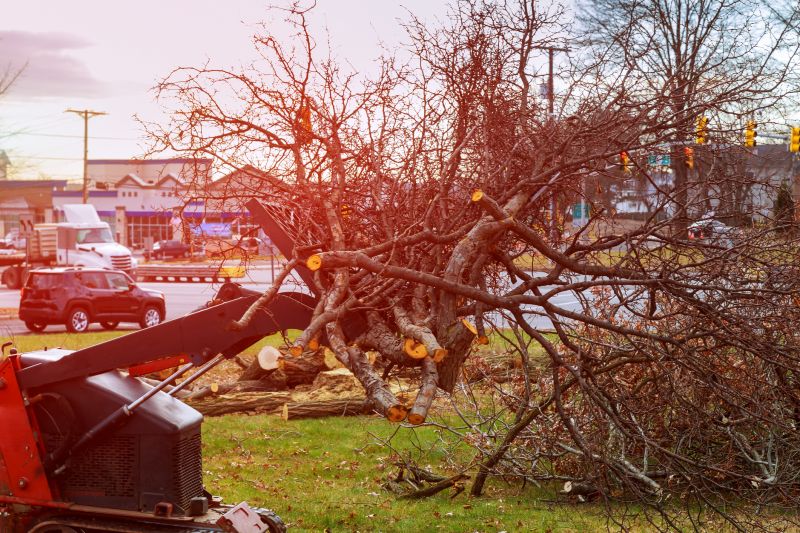
Clearing brush and trees during the spring season.

Operators managing equipment during warm months.
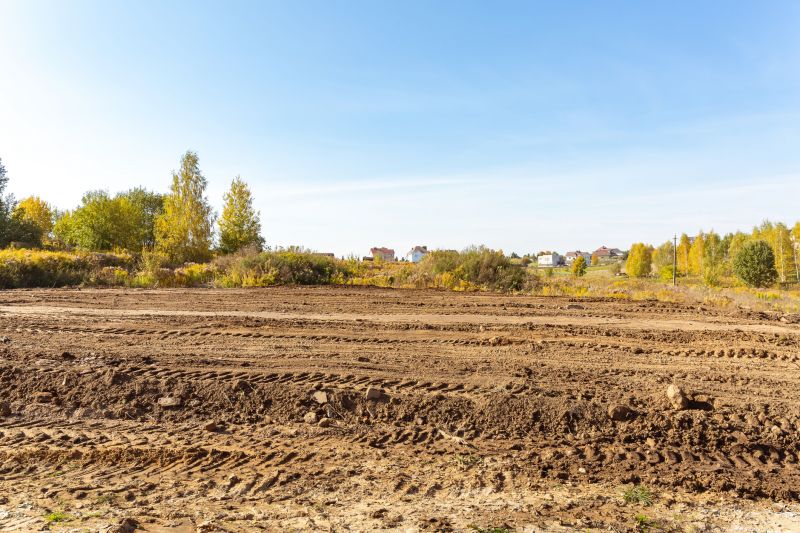
Clearing and grading land in autumn.
| Season | Ideal Conditions |
|---|---|
| Spring | Moderate temperatures, soil thawed, minimal rain |
| Summer | Long daylight hours, dry weather, early summer |
| Fall | Cooler temperatures, stable soil, dry conditions |
| Winter | Frozen ground, limited accessibility in cold climates |
Understanding the seasonal variations helps in planning land clearing projects to maximize efficiency and safety. Proper timing reduces costs, minimizes delays, and ensures effective removal of vegetation and debris.
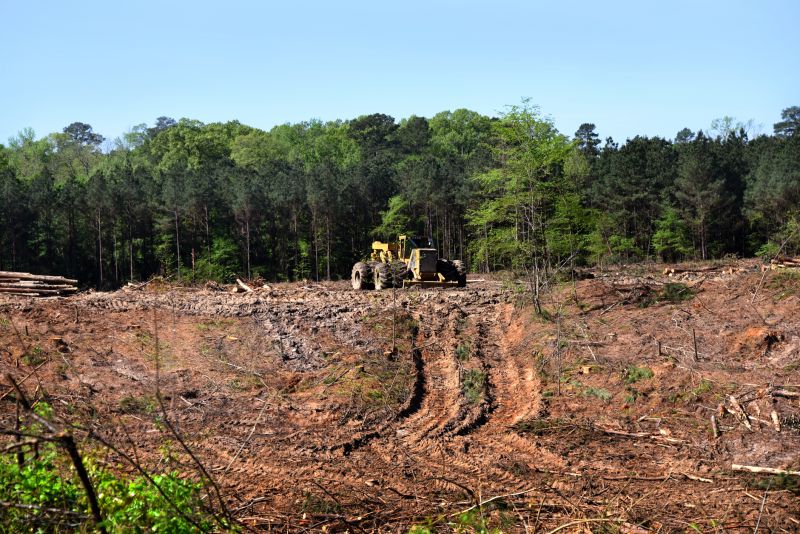
Various machines used for land clearing tasks.

Active land clearing operation on site.
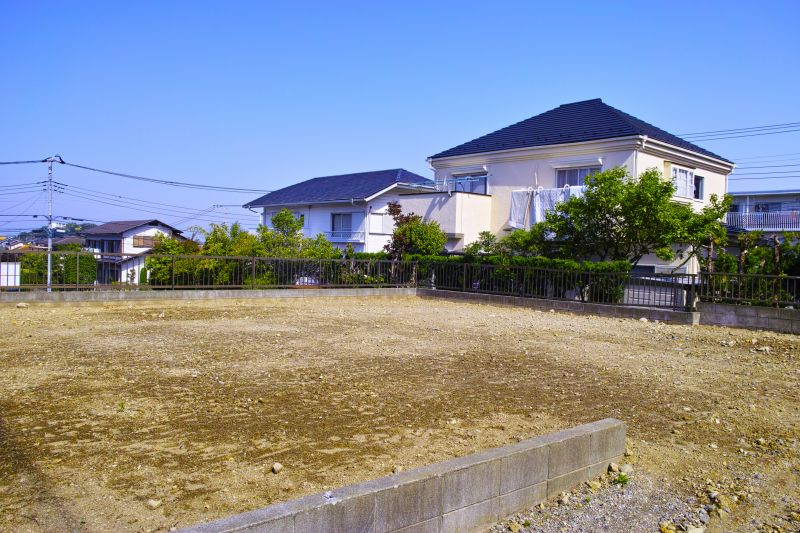
Cleared land ready for development.

Different equipment suited for seasonal conditions.
Selecting the appropriate time for land clearing can influence project outcomes significantly. Timing considerations include weather patterns, soil conditions, and upcoming land use plans.
Interested in land clearing projects? Fill out the contact form to get more information and schedule an assessment.
